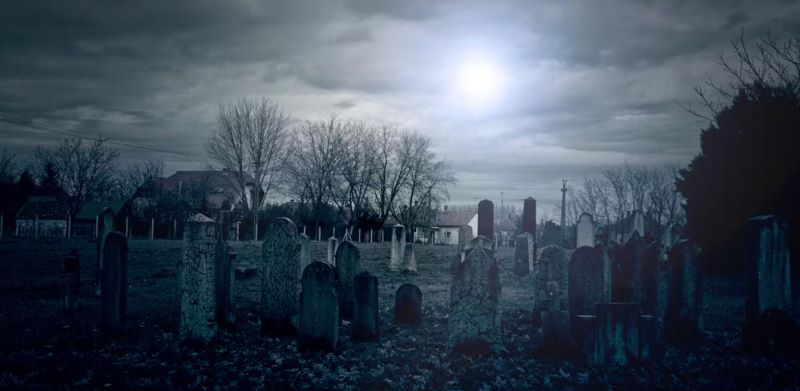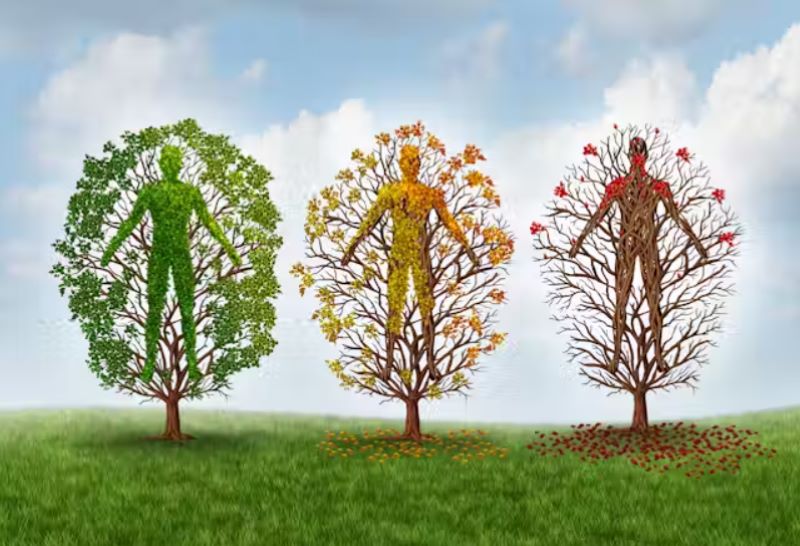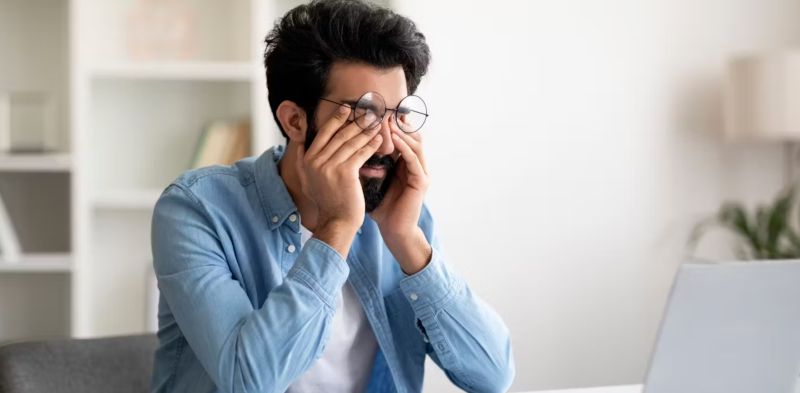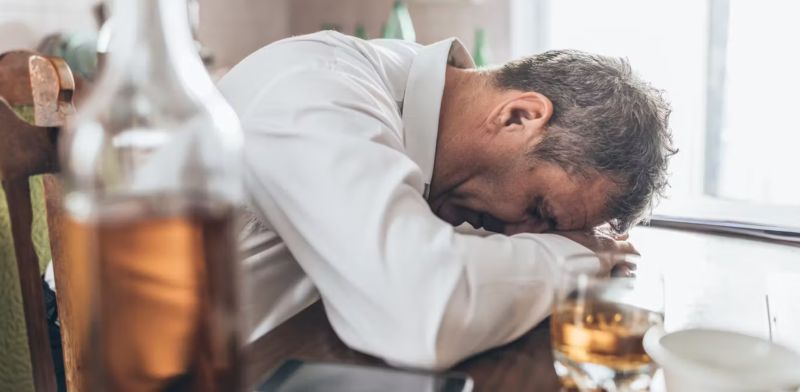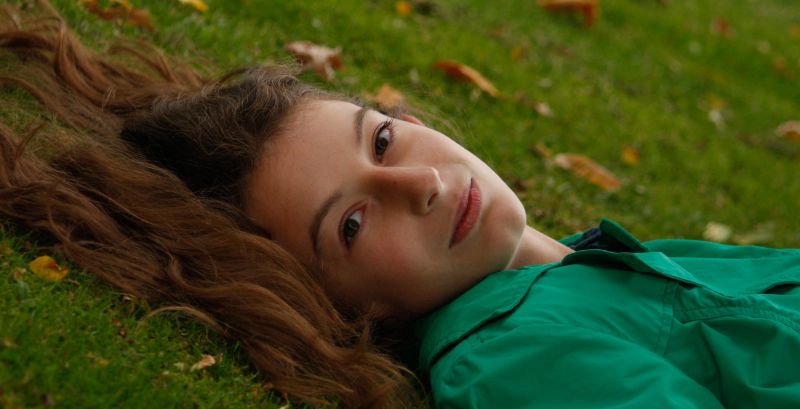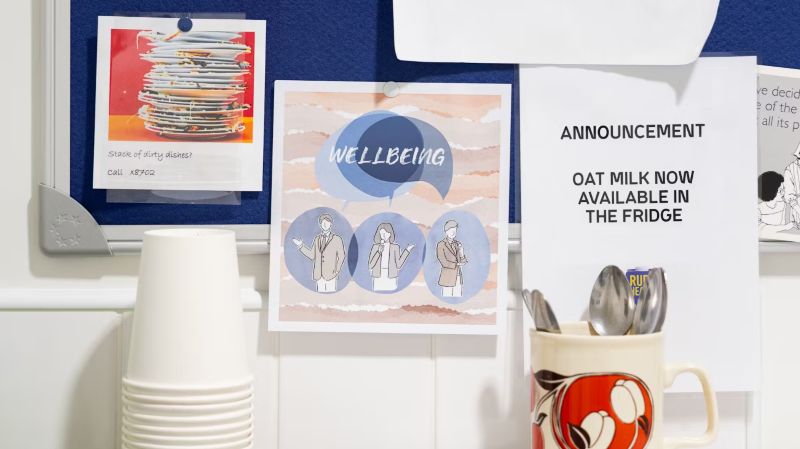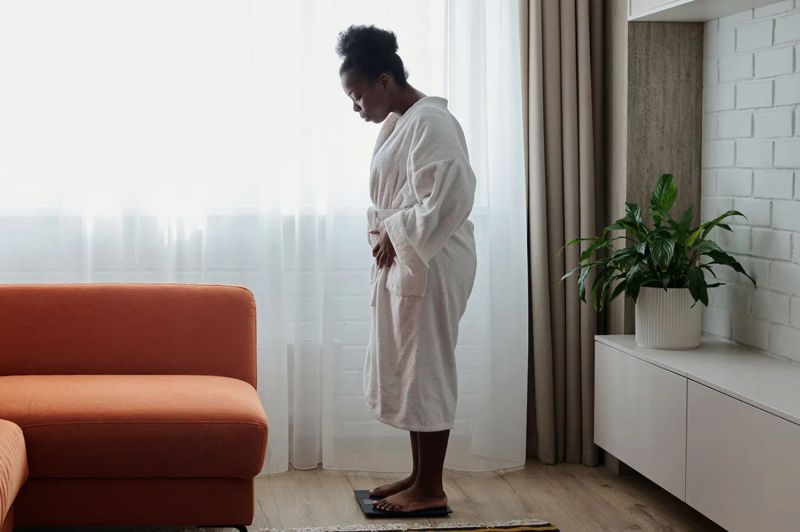
A shift in thinking about death as natural and not traumatic.

By Dr. Cynthia R. Greenlee
Journalist and Historian
Vivette Jeffries-Logan and Omisade Burney-Scott are friends for life—and collaborators in death.
Three years ago, when a mutual friend realized she wouldn’t survive pancreatic cancer, the two central North Carolina women were within the circle of friends she summoned.
Over the course of about three months, the women stayed at Cynthia Brown’s side as the community activist and one-time Durham City Council member went about the process of dying.
They rubbed her head, kept a watchful eye on her pain, and helped her decipher doctorspeak. And when her spirits appeared to lag, they’d tell her jokes and sing at her bedside.
This, Jeffries-Logan says, was a good death: “If I can help someone at the end of life heal and be clear, I will. There are some things we are required to do alone, but we are not isolated. We are community people. What happens to my nation happens to me. What happens to me happens to my nation.”
Jeffries-Logan and Burney-Scott are death doulas; their form of caregiving is both old and new. The ancient Greek word “doula,” meaning “woman servant” or “slave,” was repurposed in the 1960s to describe birth workers who offer encouragement, back rubs, and other assistance during childbirth.
These days, end-of-life doulas, sometimes called death midwives, are an emerging profession in the growing death positivity movement, which urges a paradigm shift for thinking and talking about death as natural and not inherently traumatic.
They provide nonmedical support to help ease the final transition for the terminally ill. But it’s not merely about that culminating moment, “The End.” They help the dying and their loved ones navigate death with all its “before and afters”—including sickness, acceptance, finding resources for all the legal housekeeping, funeral planning, and bereavement.
For Burney-Scott and Jeffries-Logan, it’s the highest calling.
Sisters in ritual, they performed sacraments of soothing and release drawn from their West African and Indigenous spiritual traditions. Burney-Scott is African American and was initiated in the West African Ife religious practice, and Jeffries-Logan is a member of the Occaneechi Band of the Saponi Nation, a tribe rooted in the North Carolina Piedmont region.
Being a death doula “is not fun. But it’s an honor,” says Burney-Scott, a healer and longtime advocate who most recently worked as a reproductive justice organizer in North Carolina.
She stumbled into the practice when her mother’s dear friend, a hospice nurse, showed Burney-Scott what to do at her mother’s passing. “I didn’t want to do it,” she says. “The thing I feared most, from when I was a little girl and even when my mom was healthy, was losing my mother. She was that mom that all my friends would talk to, the mom who could let you know [you] were the most special person in the world even when she was yelling at you to do your laundry.”
Near the end, her mother made her retrieve a manila envelope containing her will, insurance information, deeds—the bureaucracy of death. But without ever using the word “doula,” her friend guided Burney-Scott in ushering out of this world the woman who had brought her into it.
“Aunt Cora” encouraged Burney-Scott to whisper her love in her mother’s ear, to hold her hand, play music, and to be present in “an organic practice.” One day, when her mother struggled to breathe, Cora assured Burney-Scott that she didn’t need to fetch doctors—that nothing was wrong. “She’s leaving,” Cora told her, a simple statement that’s also a tenet of end-of-life care: Death can’t be controlled, but you can prepare for some aspects of it.
Because there is no universal or official training, no licensing and no regulation, there is no official estimate of how many death doulas operate in this country.
But death and dying are constant. And beyond the eulogies and coffins, there’s a clear and growing need for death-related services. The number of Medicare-approved home- and hospital-based hospices, for example, rose from barely 30 to slightly more than 3,400 between 1984 and 2009. A decade later, more than 4,500 exist, according to the Centers for Medicare & Medicaid Services.
Groups such as the International End-of-Life Doula Association and others train and certify doulas, providing hands-on experience, like a practicum. Still, many death doulas enter the field as Burney-Scott did, pressed into duty by a family member’s passing. Few can make it into a full-time, paying job. Others have a background in the clergy or are people of faith, are volunteers involved in work with the sick and shut-in, or are shamans or healers.
Still others become end-of-life doulas because they are nurses, midwives, or health care professionals who, through experience, have come to know that the end of life is more than just what happens to your body.
Merilynne Rush, a nurse and home-birth midwife, co-founded Lifespan Doulas, an organization that trains and certifies end-of-life doulas. In three years, she says, the group has trained 200 people. She sees the need to educate and vet death doulas even while she thinks that community-trained doulas are valuable and necessary.

“There are so many people who are called in their communities [to do this] that no one should tell them they can’t,” Rush says. “I’d never be able to go into every community. That’s one reason for never having any kind of regulation that imposes a state-sanctioned structure that says you are in or out.
“At the same time, when you are working within a medical organization, they need to know you are OK and there are some standards,” she adds. “Training should never be mandatory, but optional.”
A diversity consultant who focuses on Native communities and trauma, Jeffries-Logan distrusts what she believes is a move toward professionalization.
Her death doula work is grounded in Indigenous customs, and communicating with the ancestors does not happen through curricula. Heeding a call from her ancestors, she did a traveling ceremony, designed to pave a deceased person’s road to the afterlife, for an infant relative who died before he turned a year old. As part of a common tribal custom, she won’t speak the name of the deceased aloud for a year; to do so could keep the spirit tied to its temporal life—now a thing of the past—and distract it from the arduous journey to the ancestors.
Neither she nor Burney-Scott takes money for what they do. Rather, they extend their services to family and friends based on existing connections and an understanding that death is cultural and clinical. “It’s not like I was going to roll up and do this with just anyone. I don’t do shallow-ass relationships,” Jeffries-Logan says.
She questions what happens when the training moves out of informal community pedagogy and into a classroom.
“Who’s the certifying body? Who has the funds to pay for services?” she asks. She thinks of formalizing death doula work in the same vein as yoga, an Indian spiritual system that has been co-opted from communities of color and networks of caring to be dominated by White instructors who teach a fraction—the poses, the breathing—of the whole for pay.
Both women know that communities of color lag in accessing end-of-life care—whether because of cultural beliefs, experience and well-founded fear of racism in medical settings, lack of insurance or financial resources, or misconceptions about what’s available.
For example, Black people represented 8% of those receiving Medicare-funded hospice benefits in 2017, compared to 82% for White people.
In many Southern Black communities, people won’t talk about death, Burney-Scott says. “There is truth in our mouth. You can manifest things with your word. Don’t talk about death [lest] you invite it in.”
That goes for other communities, as well. A 2010 study comparing Latino immigrant to White cancer caregivers found that the Latinos were surprised and even disturbed by transparent talk about death in hospice pamphlets and consultations.
Furthermore, Rush says that generally when death is imminent, “most people are overwhelmed and don’t know where to turn. They don’t even know that they can get hospice earlier. And even then, they may have a nurse come in for a few hours or an aide, but they aren’t there all the time. People have to rely on their community and network.”
And that’s just what Cynthia Brown did once she accepted that she wasn’t going to beat cancer, calling on the women her family members sometimes referred to as “Cynthia’s girls.”
“She invited us into the process from the very beginning. We swung into action on the logistical things: running errands, taking her to appointments, making meals,” Burney-Scott says.
“And then she said, ‘I want to cut my hair.’ She had 12 braids left. Each one of us cut two braids. Then, she called and said, ‘Hey, will you come over and help me write my memorial?”
She summoned Jeffries-Logan and another friend to help her assemble and bless her ancestors’ altar. With trademark precision and humor, she even planned who would cook at her funeral repast or meal: not her many loving White friends; she didn’t trust their chops in the kitchen.

Her death doulas and friends, in turn, called on each other, their own histories of loss, and their ancestors to help guide Brown through her own departure.
And when the end came, the friends all rolled to the hospital one last time. Burney-Scott donned her trademark white head wrap and packed a bag with crystals and Florida water, a citrusy blend believed to have calming properties.
Jeffries-Logan carried tobacco as an offering; red cedar to represent blood and life force; water from the Eno River, which courses through her tribal nation’s territory; and a ceremonial turtle rattle, used by tribes in special ceremonies.
“Cynthia fed me, I laid up on her couch, we carpooled to anti-racism trainings around the state,” Jeffries-Logan says, her eyes moist and a catch in her voice. “And when we did a ritual for my mother [who died from Alzheimer’s disease] in the ocean, Cynthia told me, since she had lost her parents at a young age and had to be like a mother to her younger siblings, she knew what it was like to be a motherless child. I was going to do whatever I could for her.”
She didn’t want her beloved sister-friend “scratching and clawing to stay here.” So she stroked the soles of Brown’s feet—which got cooler and cooler as death approached—not to bring back sensation, but to help untether her from this earth.
When Brown took her last breath, Burney-Scott’s and Jeffries-Logan’s hands were among those resting on her body. It was a fitting end: a social death for a community advocate who told her friends, “You continue to fight the good fight, and you have to promise me that you won’t leave anyone behind.”
Originally published by Yes! Magazine, 12.05.2022, under a Creative Commons Attribution-NonCommercial-NoDerivatives 4.0 International license.
